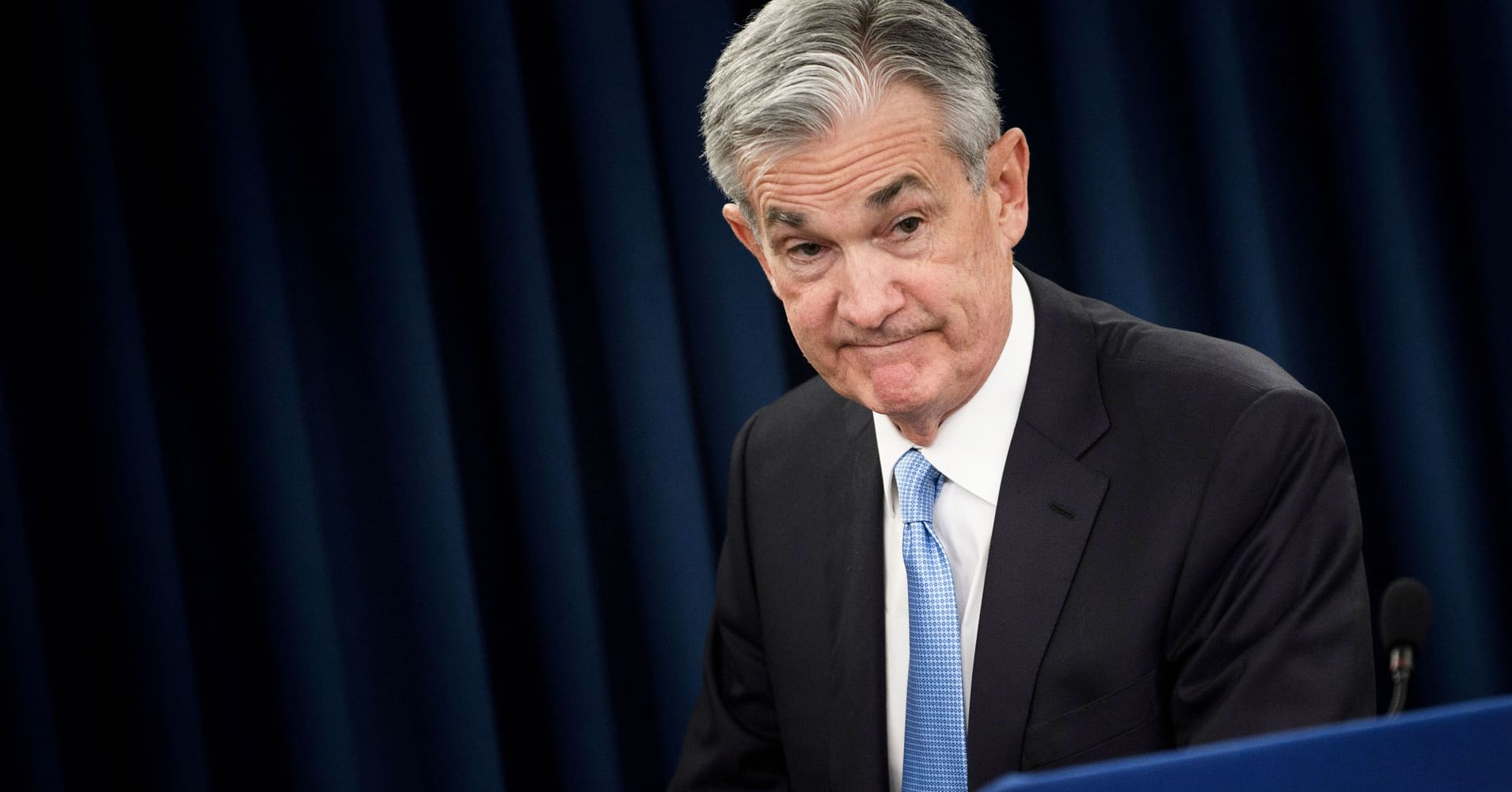Fears of a global recession are on the rise, part of the yield curve has inverted and earnings are expected to slow this year.
With all that, it's starting to look like the Federal Reserve has made a big mistake, said Barry Bannister, Stifel's head of U.S. equity strategy.
"The economy is about six months after Fed action. The Fed over-hiked by twice in the fourth quarter and that was really part and parcel why we had such a big sell-off. The economic effect of that is going to show up towards mid-year," Bannister said Thursday on "Trading Nation."
The Federal Open Market Committee last raised rates by a quarter point in December, boosting the benchmark funds rate to a range of 2.25 percent to 2.5 percent. That marked the fourth rate increase since Jerome Powell assumed the chair. At the December meeting, it also forecast two hikes in 2019.
Its forecast looks markedly different just months later. By its March meeting, the Fed had ratcheted down expectations to zero rate hikes this year and the market is even pricing in the potential for a rate cut in 2019.
If economic conditions continue to worsen, and the market reacts poorly, it may need to do even more than one cut to right the ship, said Bannister.
"We know the first quarter is weak but if it continues into the second quarter, that's going to be evidence that the market was right back in the fourth quarter. The problem the Fed has is it's kind of a chicken and an egg. They're going to have to see some eggs broken in the economy before the Fed goes chicken," he said.
Bannister said two rate cuts could be appropriate based on his forecasts for a weakening U.S. economy. He anticipates disappointing inflation, slower nominal and real growth, weakness abroad, and a failed retail revival.
Still, it may take some convincing for the Fed to act, he said.
"In the Fed's view, they've already given us enough red meat. They've given us a quicker taper of the quantitative tightening. They took all the dots out of 2019. So it's going to take a lot for the Fed to cut rates and I think that would be evidenced by economic and market weakness. From all the things that we're watching, it looks like this risk trade is starting to peter out a little bit," Bannister said.
Bannister is less bullish than most of the street. He anticipates S&P 500 aggregate earnings at $161 in 2019, below the $167.65 estimated by analysts surveyed by FactSet. That earnings estimate gives Bannister a S&P 500 target of 2,750 for year-end. That target implies 2 percent downside from current levels.
















